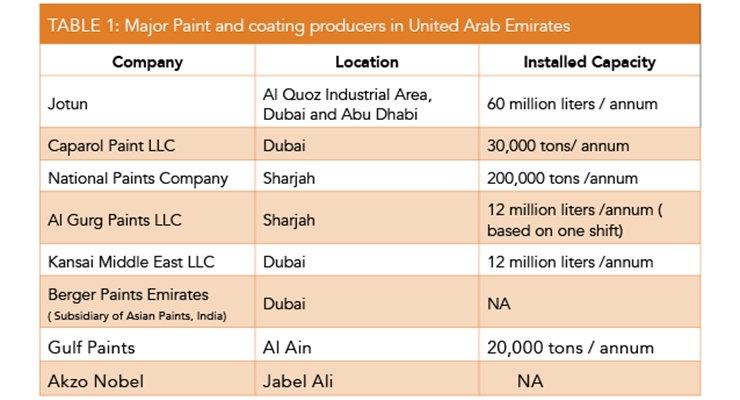Check Out The Connection Between Climate Aspects And The Success Of Your Outside Paint Task To Accomplish A Perfect Result
Check Out The Connection Between Climate Aspects And The Success Of Your Outside Paint Task To Accomplish A Perfect Result
Blog Article
Content By-Mclean Morin
Recognizing how weather conditions can affect the outcome of an exterior painting undertaking is paramount for accomplishing a flawless finish. From temperature variations altering paint adhesion to humidity degrees impacting drying times, each aspect of climate plays a considerable function in the success of your job. In addition, wind speed and precipitation can present unanticipated challenges that might jeopardize the top quality of the result. As we browse with the subtleties of weather's impact on external paint, it comes to be evident that precise preparation and strategic timing are vital for ensuring a specialist and durable outcome.
Perfect Temperature Array for Paint
When thinking about exterior paint jobs, the excellent temperature level variety plays a vital function in achieving optimal outcomes. Painting in the appropriate temperature conditions makes sure that the paint sticks correctly to the surface, dries out evenly, and remedies effectively. Usually, the advised temperature level variety for exterior paint is between 50 to 85 degrees Fahrenheit.
Painting in temperatures below 50 degrees Fahrenheit can lead to issues such as bad paint bond, extended drying out times, and an increased possibility of splitting or peeling.
On the other hand, painting in temperature levels above 85 levels Fahrenheit can cause the paint to dry too promptly, leading to blistering, gurgling, and an unequal surface.
To accomplish the most effective results, it is necessary to check the weather forecast prior to starting an external painting job. Preferably, objective to paint throughout mild climate condition with modest temperature levels and low moisture levels.
Impacts of Humidity on Paint Drying
Humidity levels substantially influence the drying out process of paint applied to exterior surface areas. High moisture can prolong the drying time of paint, bring about possible problems such as leaking, spotting, and even the formation of bubbles on the painted surface. Excess wetness in the air decreases the evaporation of water from the paint, impeding the curing process. Recommended Web site is specifically troublesome for water-based paints, as they count on dissipation for drying.
On the other hand, low moisture degrees can likewise impact paint drying out. Very completely dry problems might create the paint to dry also quickly, resulting in inadequate attachment and a rough finish. In such situations, including a paint conditioner or spraying a fine haze of water in the air can aid regulate moisture degrees and improve the paint outcome.
To guarantee optimum drying conditions, it is recommended to paint when the moisture levels range in between 40% and 50%.
Surveillance moisture degrees and taking ideal actions can help accomplish a smooth and durable paint surface on outside surfaces.
Wind and Precipitation Considerations
Wind speed and rainfall are critical factors that dramatically influence the success of an outside painting job.
When Read Much more comes to wind, both speed and instructions are necessary factors to consider. High wind speeds can create paint to completely dry as well promptly, resulting in a substandard finish with potential problems like cracking or unequal texture. In addition, wind can lug debris that might adhere to the wet paint, leading to blemishes. Therefore, painters must aim to work on days with light to moderate winds for optimal paint problems.
On the other hand, precipitation, whether rain or snow, can be very damaging to the end result of an outside paint task. Wetness from rainfall can prevent paint adhesion, causing peeling and bubbling over time. Paint Whole House Interier is crucial to avoid paint throughout wet or snowy climate to guarantee the long life and top quality of the paint task. Painters must likewise permit sufficient time for the surface to dry thoroughly after any rainfall prior to commencing or resuming the paint procedure.
Final thought
Finally, weather play a considerable role in the outcome of an exterior painting project. The optimal temperature level array, moisture levels, wind speed, and rainfall all add to the success or failing of the paint task.
It is vital to consider these elements and plan accordingly to make sure appropriate paint bond, drying times, and total high quality of the finished product.
